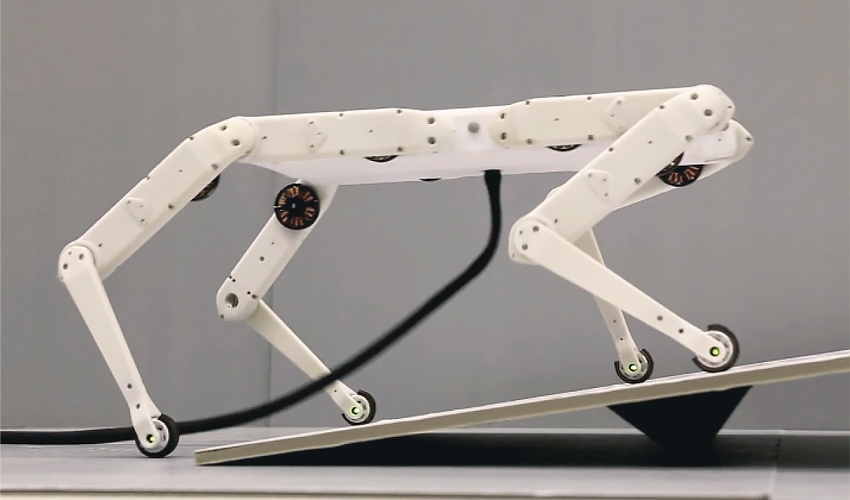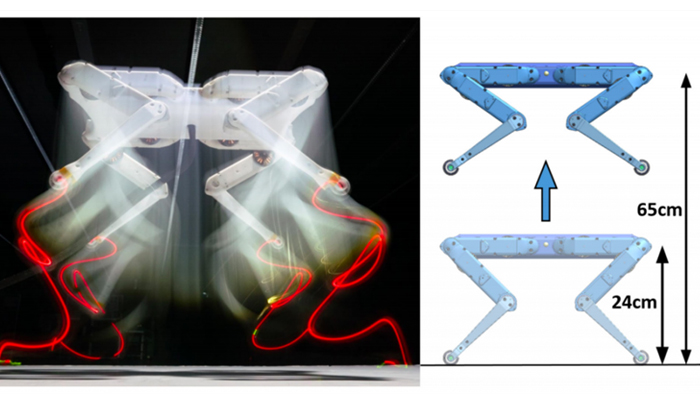Solo 8, an affordable robot dog?

More often than not robotics and 3D printing are a combination that guarantees success. The capabilities provided by robotics together with the reduced production time and costs of additive manufacturing make it an efficient solution for many application areas. This is why researchers from New York’s Tandon University (NYU Tandon) and the Max Planck Institute in Stuttgart have designed and manufactured a model of a four-legged robot dog, called Solo 8, using 3D printing technology. What is striking about this project is an impressive reduction in cost that has been achieved, and the open source design.
This is not the first time we have seen the use of additive manufacturing in the creation of robot dogs: a few years ago, the Astro project was presented, a device that could help fight crime. However, the development of the Solo 8 robot dog allows research teams with limited budgets to innovate and improve their mechanical pet design for the future. Thanks to its rapid assembly and easy modification, this prototype is within the reach of any small company, laboratory or educational institution that has this technology.

The project team wanted a lightweight prototype for better dynamic locomotion.
3D printing in the creation of the Solo 8
The team’s goal was to create a lightweight robot dog for dynamic locomotion to speed up the test cycles. They also wanted the Solo 8 to be as easily accessible as possible, so it was necessary to minimize the number of parts and use additive manufacturing to do so. In this context, FDM thermoplastic technology seemed to be the cheapest and most efficient option. Two actuator modules were combined to create each of the extremities and finally the Solo 8 robot dog was assembled from the 4 identical legs and the body structure, all 3D printed. The final device weighed only 2.2 kg, had a body length of 42 cm and a width of 33 cm. It was controlled by electronic boards and information technology (IT).
In the finished prototype of the Solo 8, all electronic and robotic content is located within the 3D printed body, thus, not leaving any exposed wiring. Such development of a robot dog is a relevantly simple process that is within the reach of many people. Alexander Badri-Spröwitz, leader of the research group, says: “For a research group to develop such a robot, four years of work are easily required, in addition to a lot of experience. Our platform is the combined knowledge of several teams. Now any laboratory in the world can log on, download the open source files and print the parts, and buy the remaining components from the catalogue“.
In conclusion, the advanced behaviors of the Solo 8 robot dog could benefit both the robotic and 3D printing communities, as well as lead to new improvements in these types of devices. “Already many universities have approached us and want to make a copy of our robot and use it as a research platform,” said Ludovic Righetti, associate professor at NYU Tandon.
What do you think of the Solo 8 robot dog developed using 3D printing technologies? Let us know in a comment below or on our Facebook and Twitter pages! And remember to sign up for our free weekly Newsletter, to get all the latest news on progress, research and more entrepreneurs in 3D printing sent straight to your inbox!







Where can I buy a robot solo?